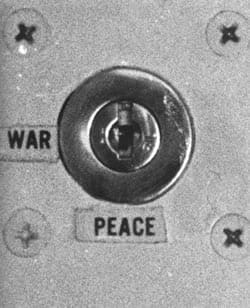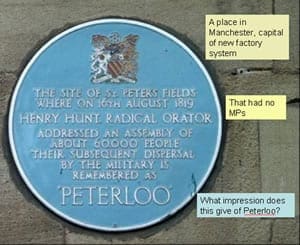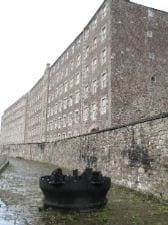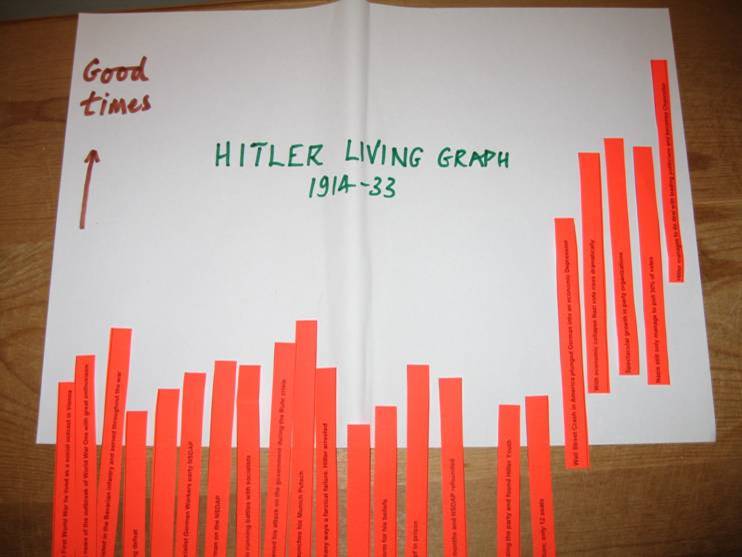
With so much emphasis placed on the three-part lesson, due largely to the National Strategy, it is tempting to follow that simplistic model. Many do, and feel triumphant when they manage to plan a good starter AND a plenary! I have often had teachers apologising to me because they haven’t managed to squeeze in a plenary (even though the lesson was outstanding without!). This article challenges that over-simplification and offers a more flexible model that looks at how understanding is built up sequentially. It focuses far less on timings, much more on stages of learning.
As the OFSTED Chief Inspector’s report on the quality of secondary teaching pointed out,
“A focus on gaining purely factual knowledge leaves too little time to APPLY what they have learned, to carry out RESEARCH and to develop as CREATIVE and INDEPENDENT learners. As a result, pupils’ understanding is often superficial.”
The distinct phases of





